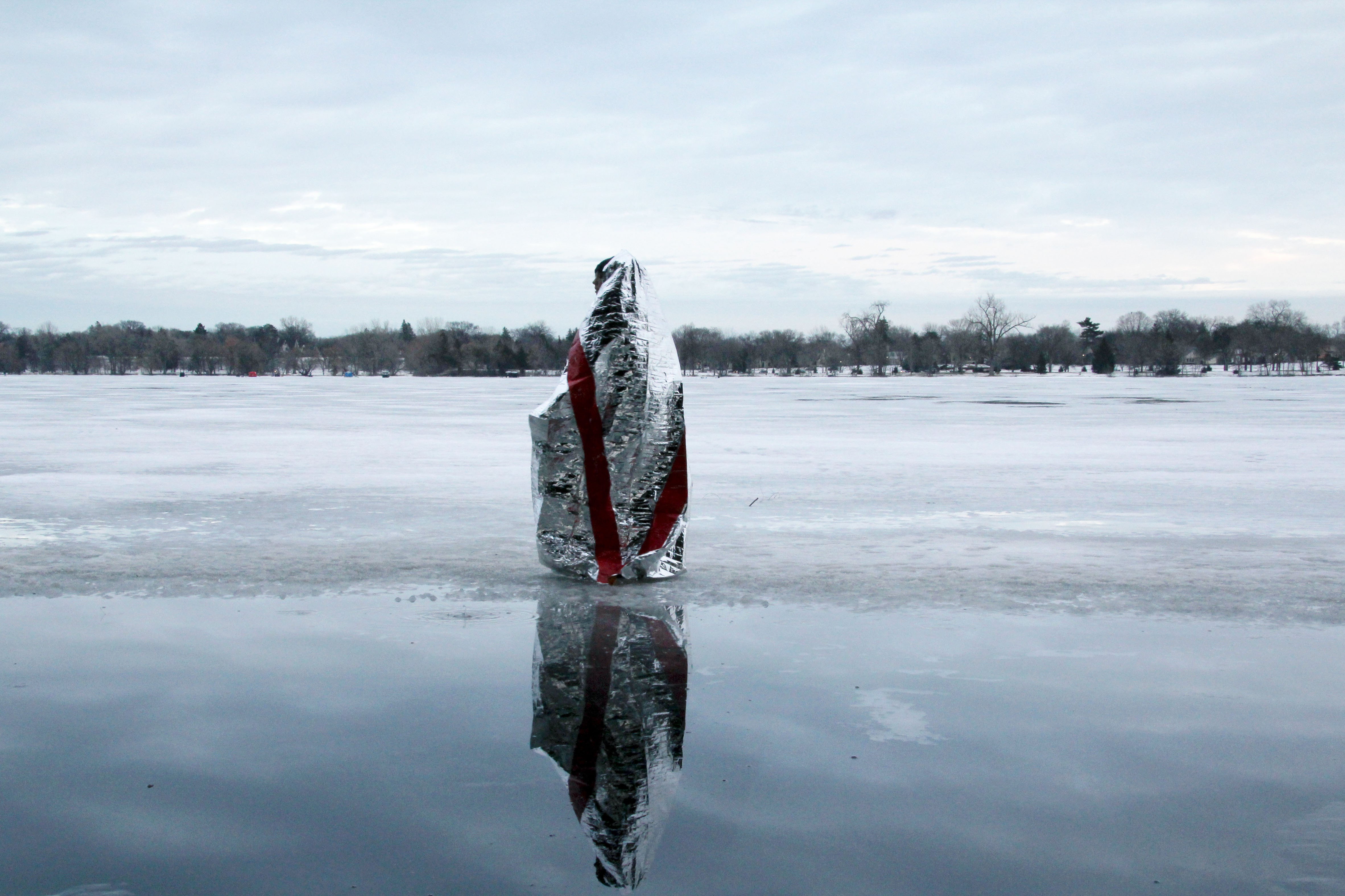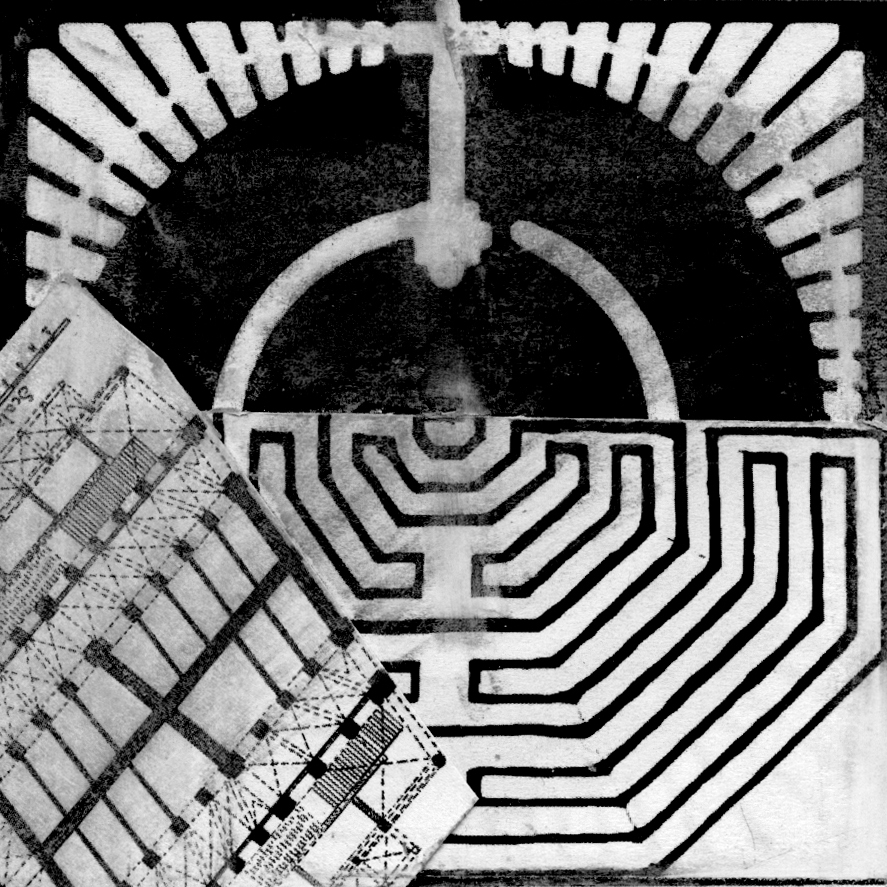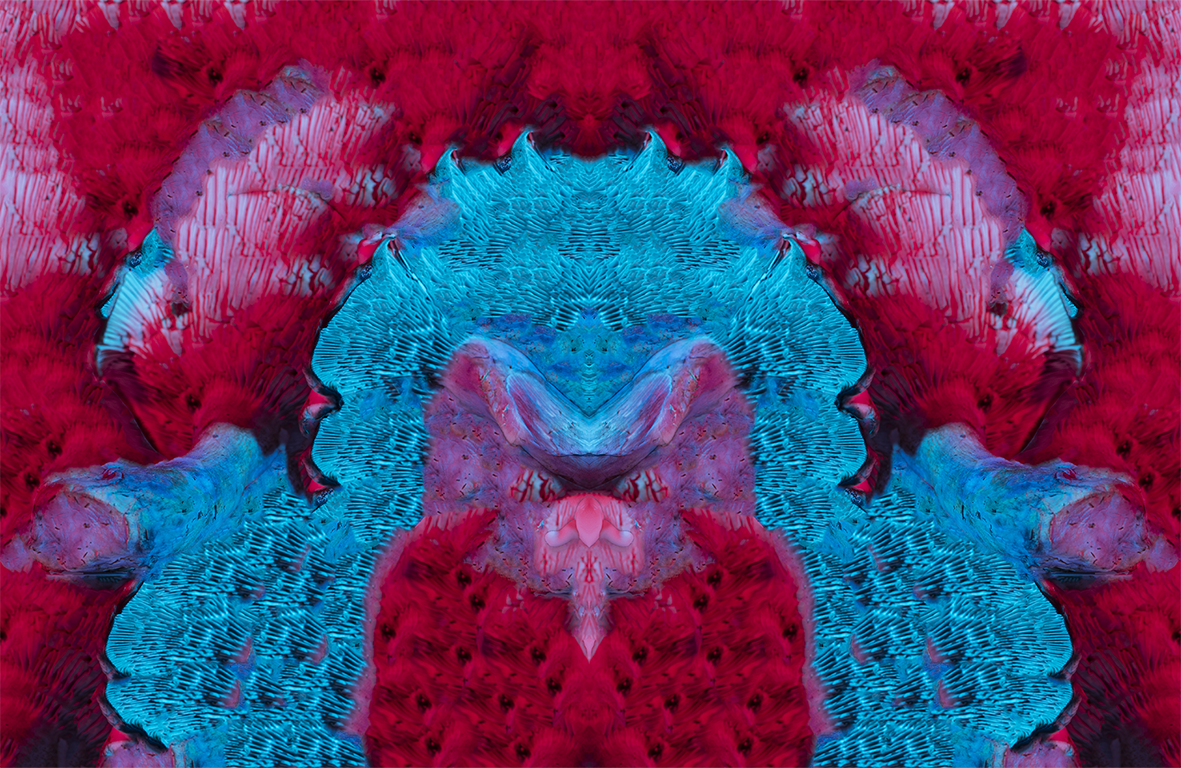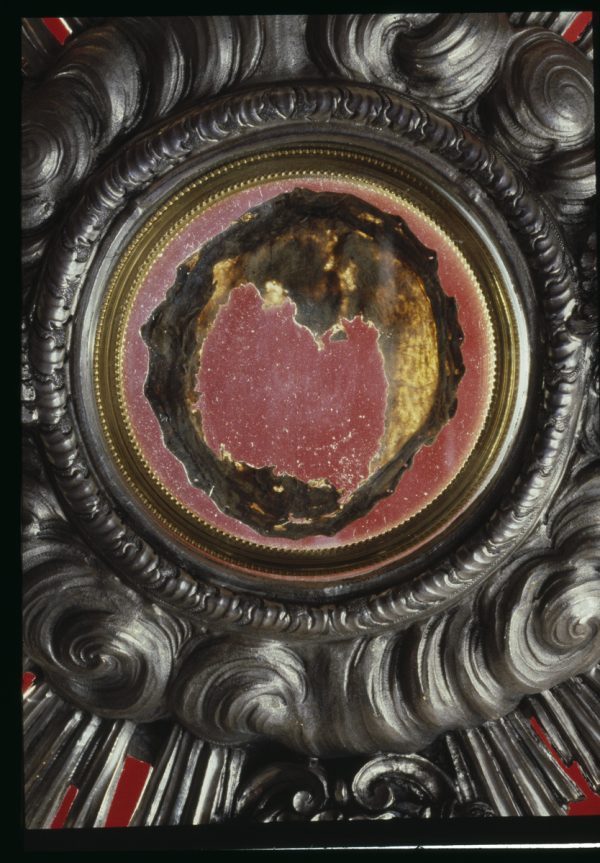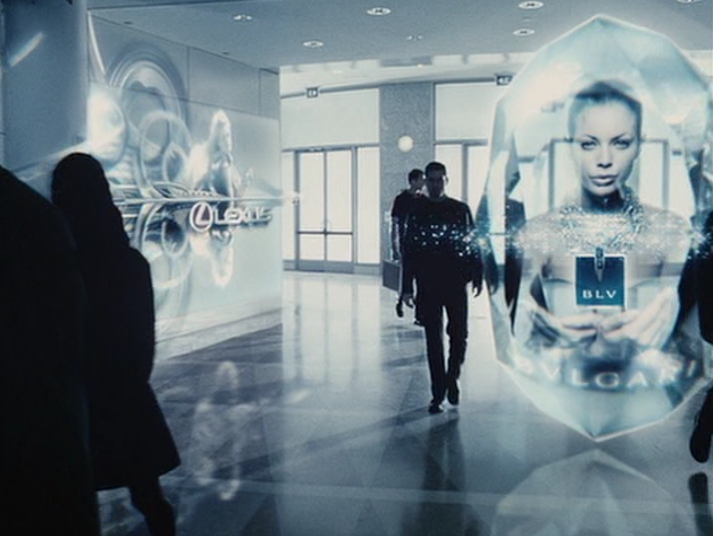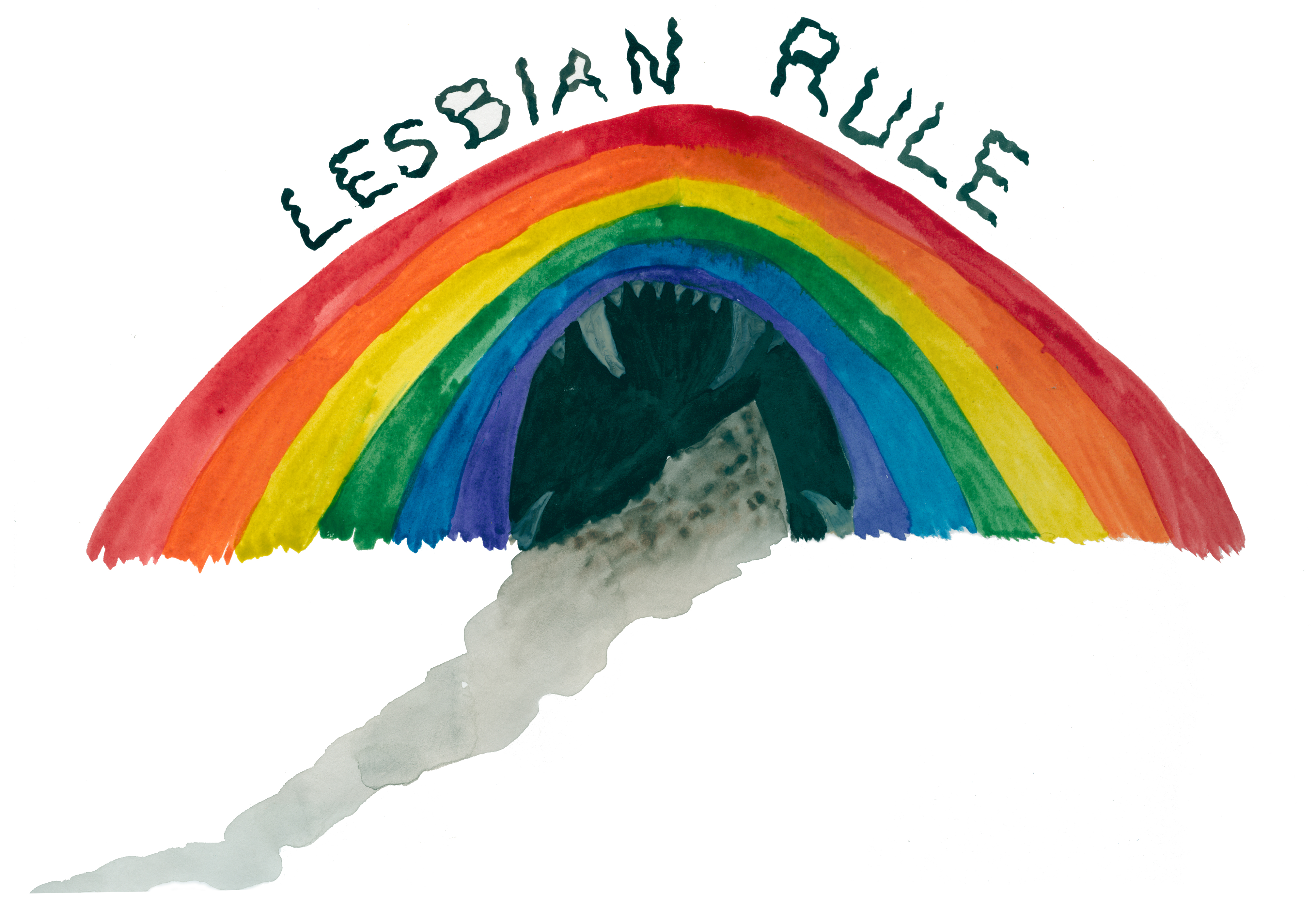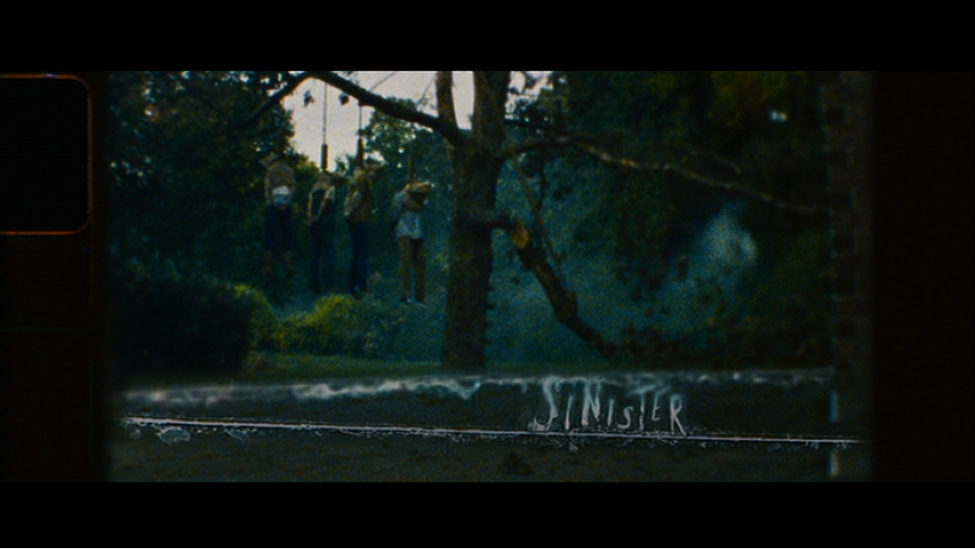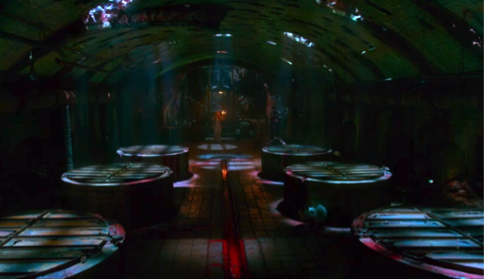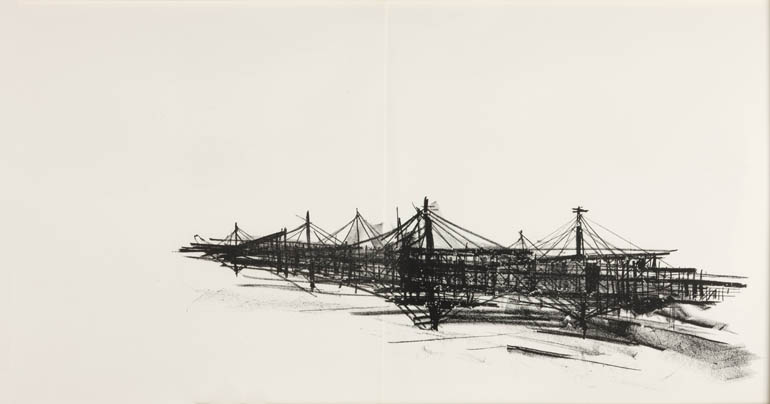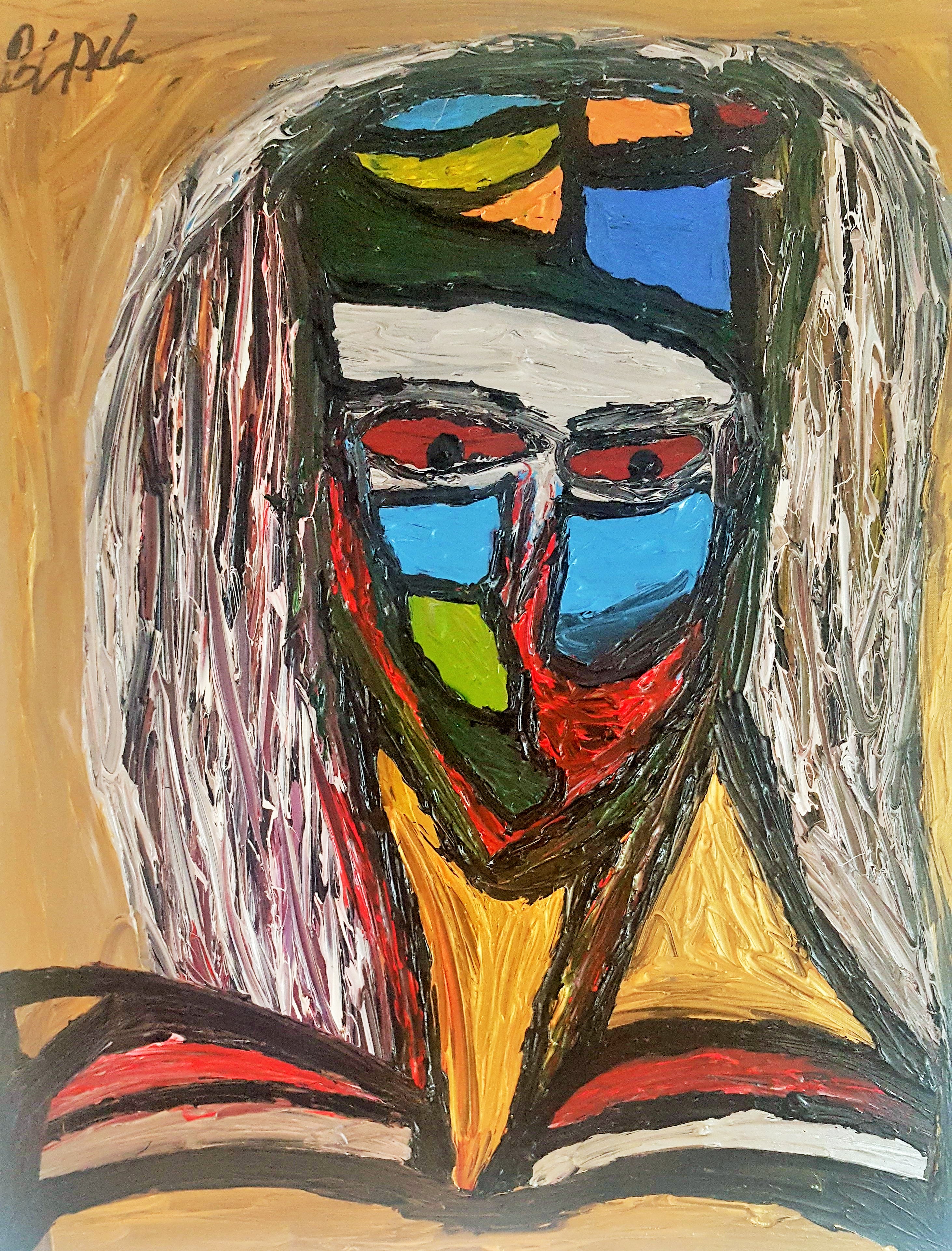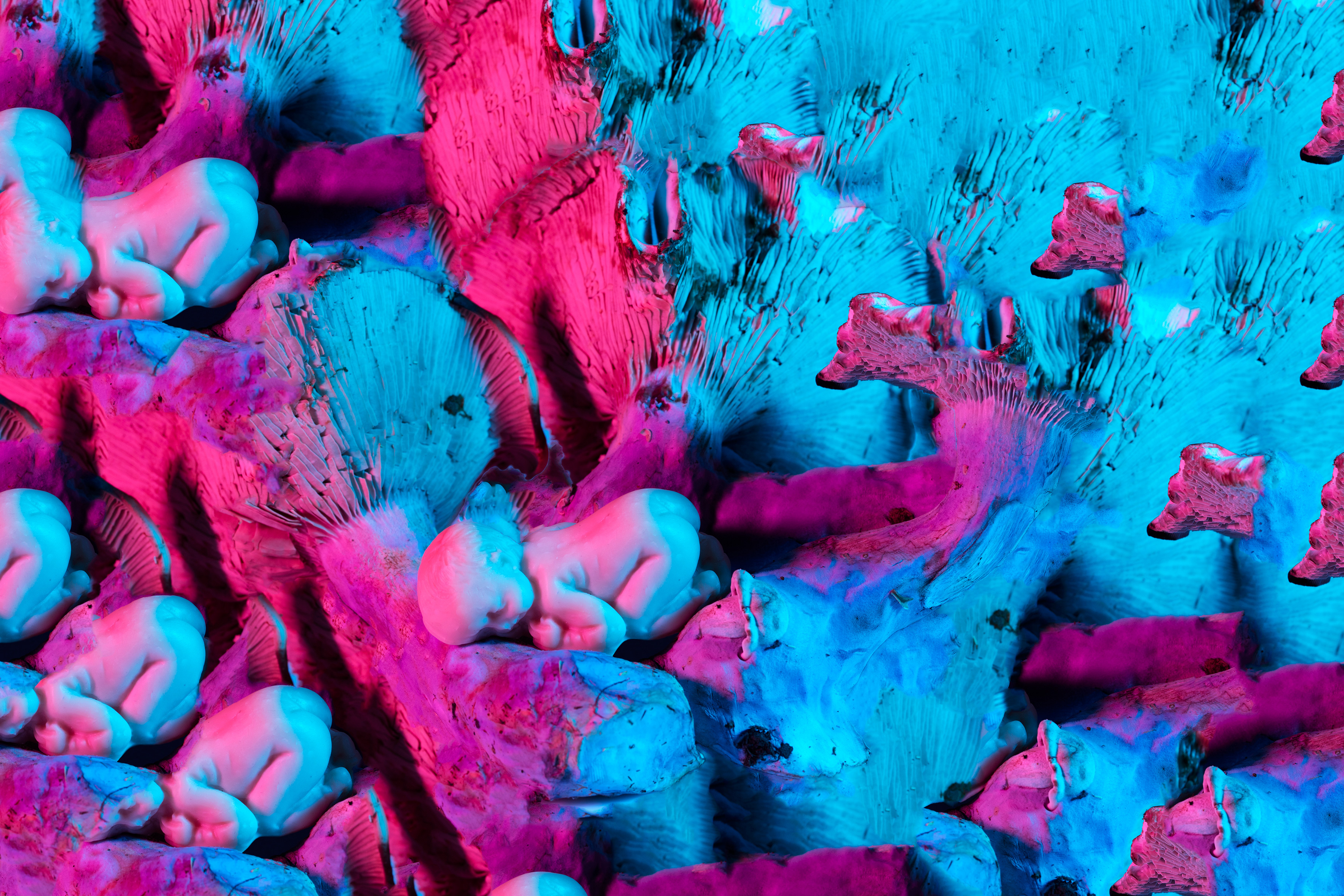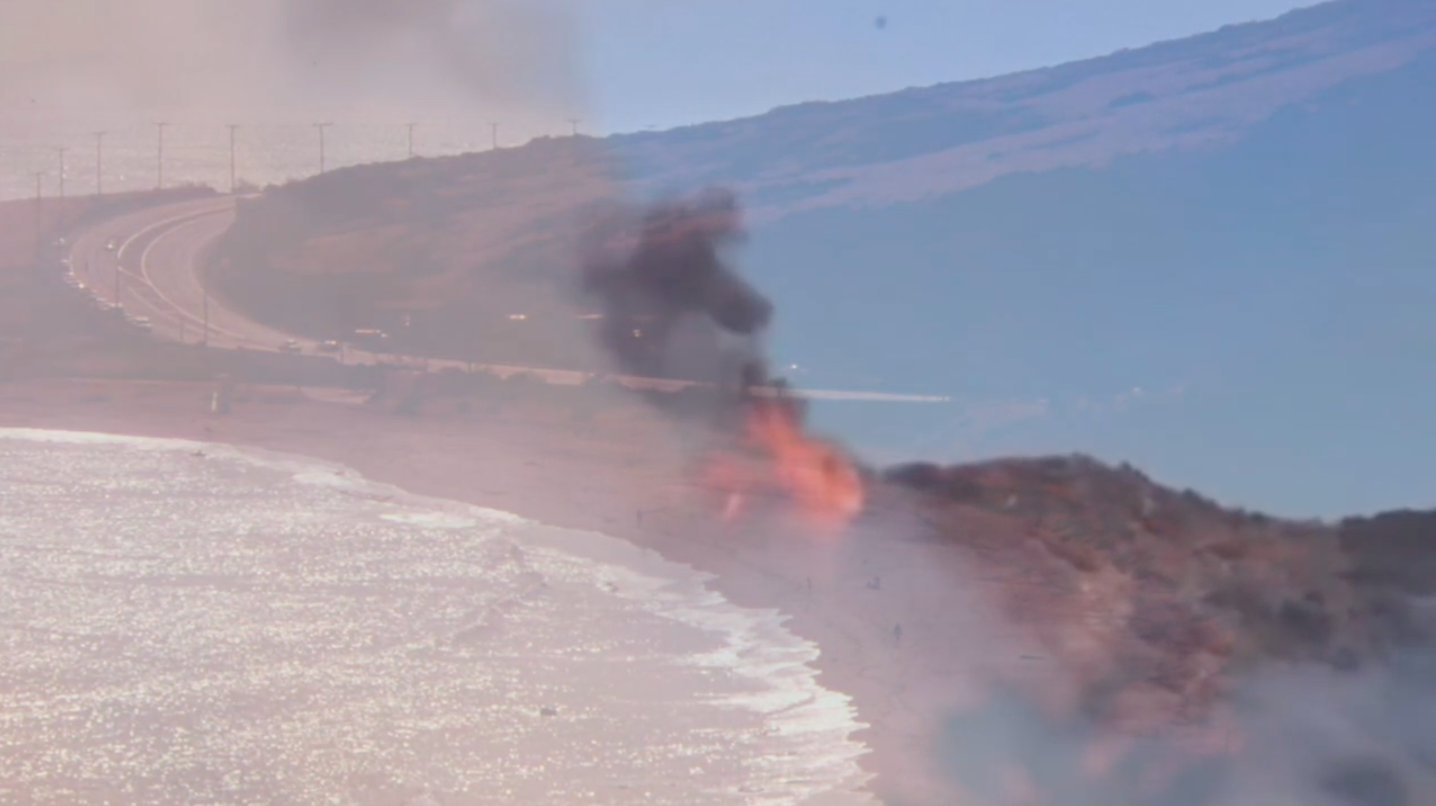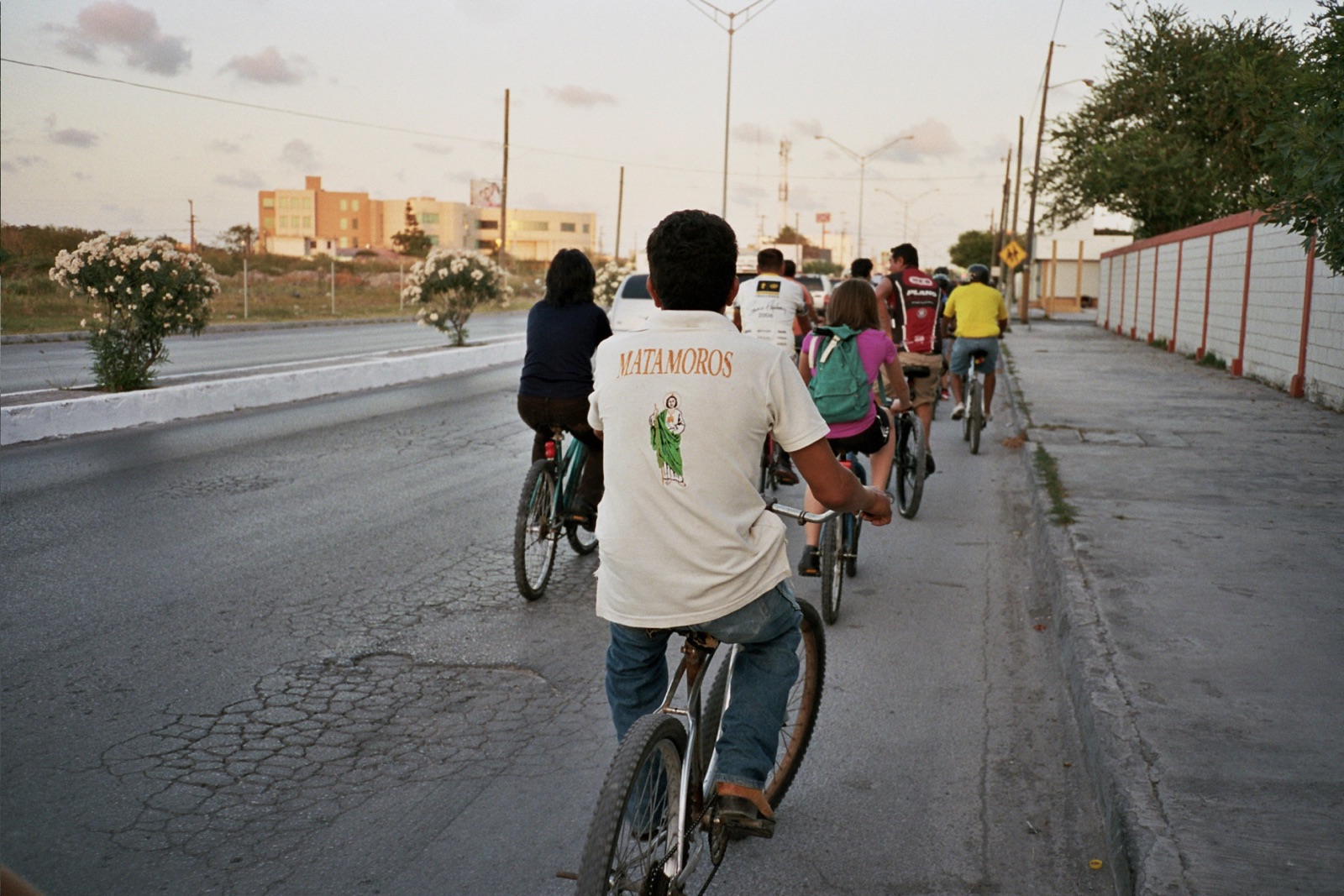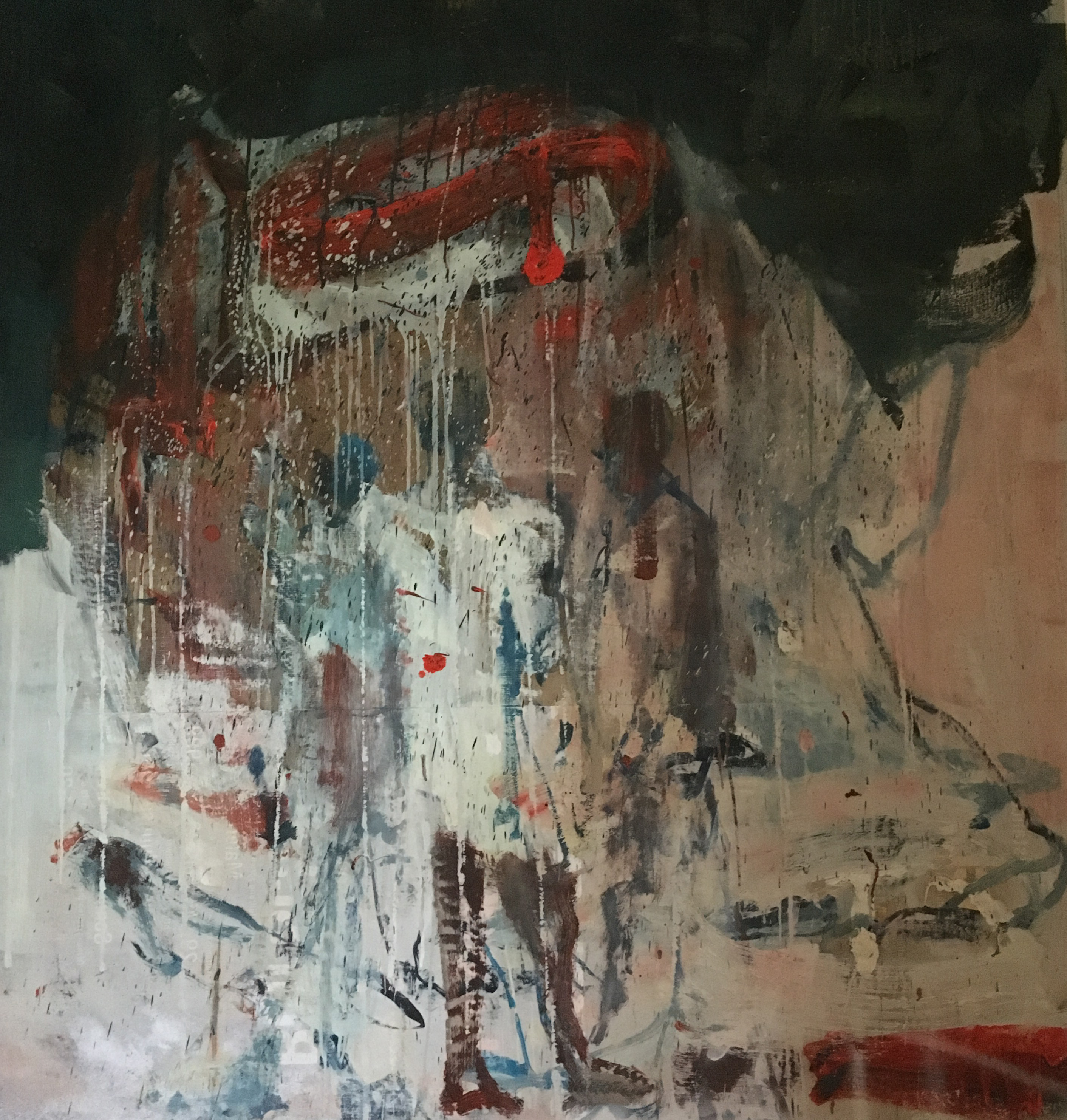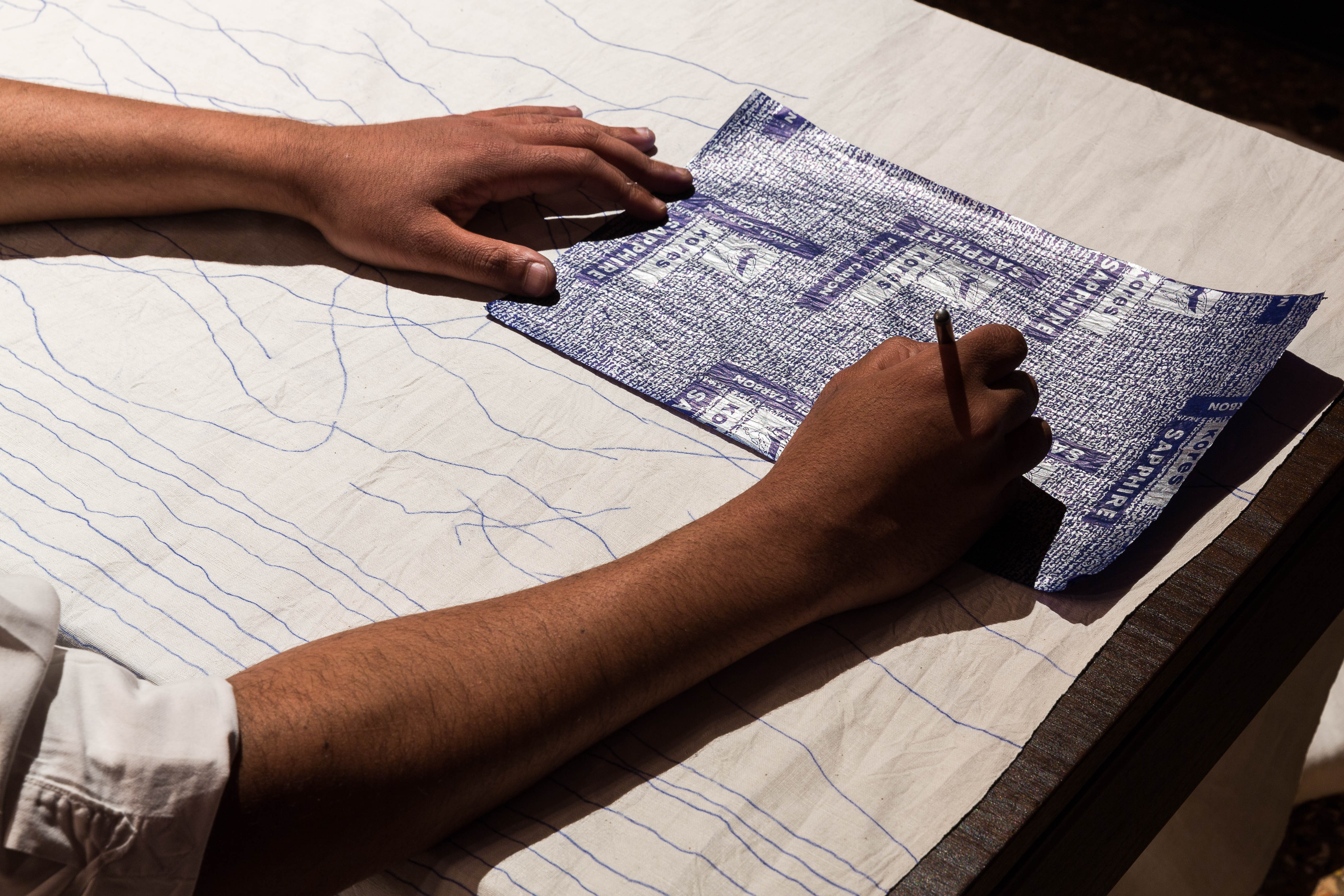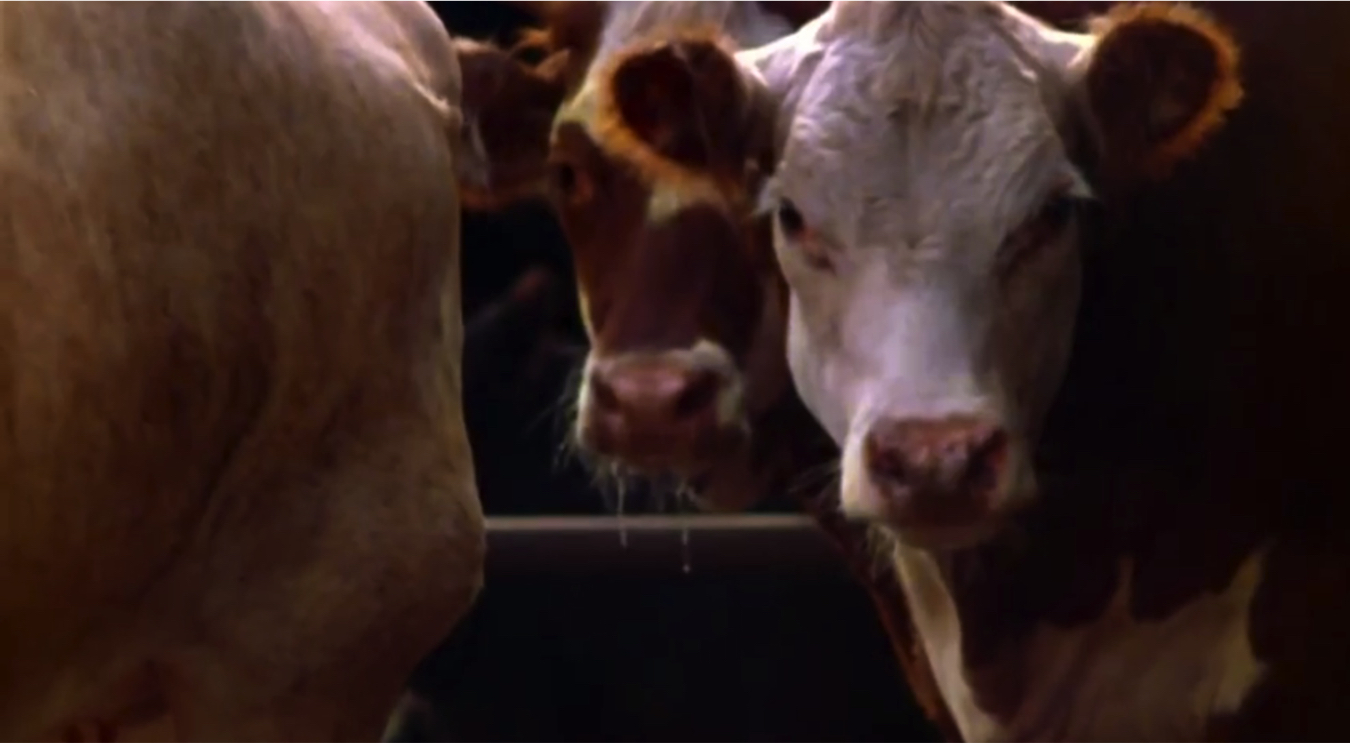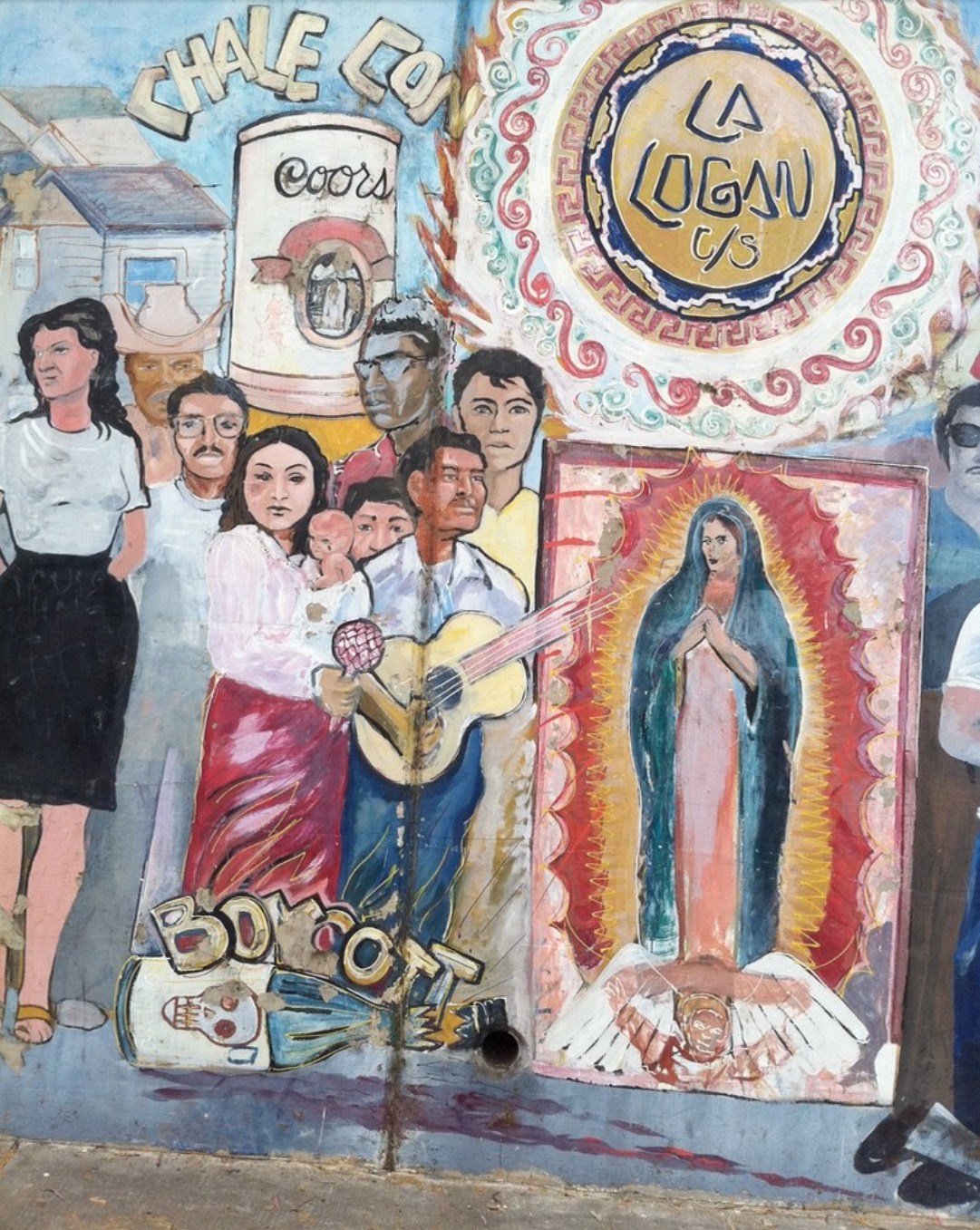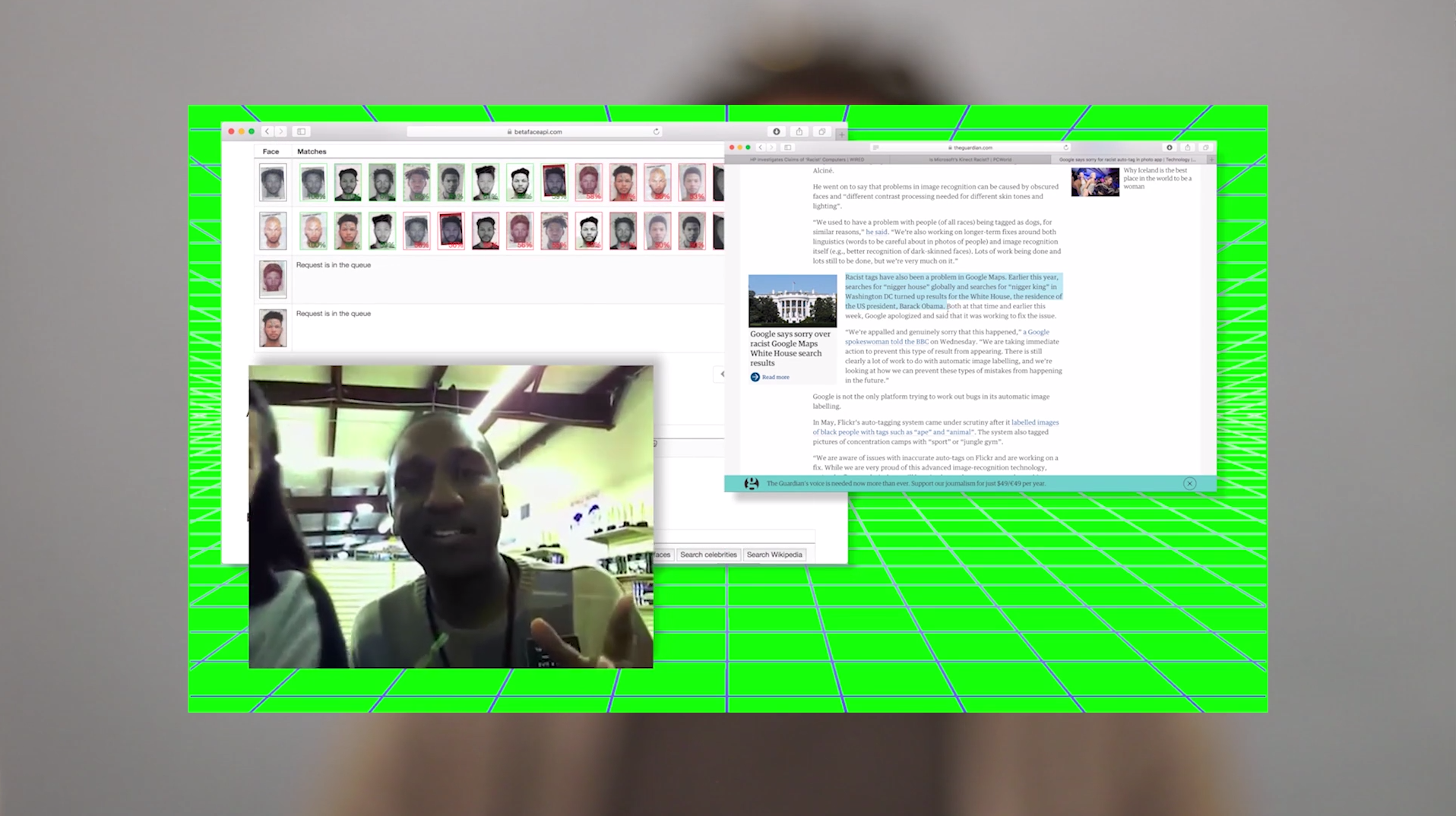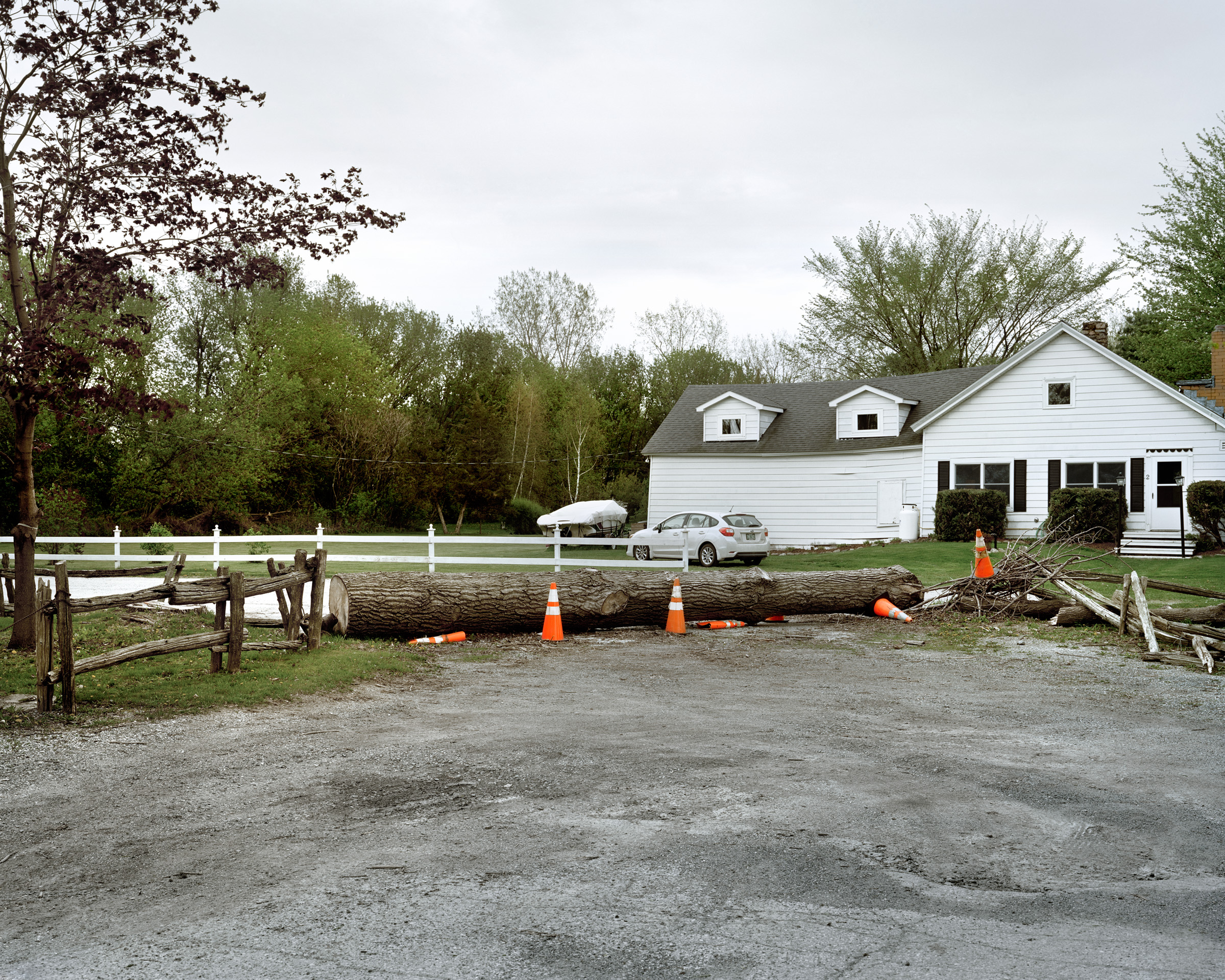Emergency Blankets
Artwork by Anna Haglin, 2016. Fig. 1. I require assistance, 2016, hot-stamped foil on emergency blanket, 84” x 52” I want to protect us. My work explores the complexity of this instinct as a contemporary woman and visual artist. I put my personal gestures of care on display to exemplify empathy and examine moments when my emphatic response is futile. I question the anthropocentric systems that have led to environmental and humanitarian instability by symbolically mismatching material and function. In doing so, I provoke situational paradox, asking: how well anything or anyone can protect us from ourselves? The utilitarian objects I construct are hopeful tools for survival and recovery. My emergency blanket series is an example of such tools. They are printed with both traditional wool blanket patterns and symbols from the international maritime signal code, thus addressing crises of communication, identity, and natural disaster. Though flashy and graphic, at the end of the day, they are blankets—caretaking objects meant to help those in need. The relief they provide is only temporary.

